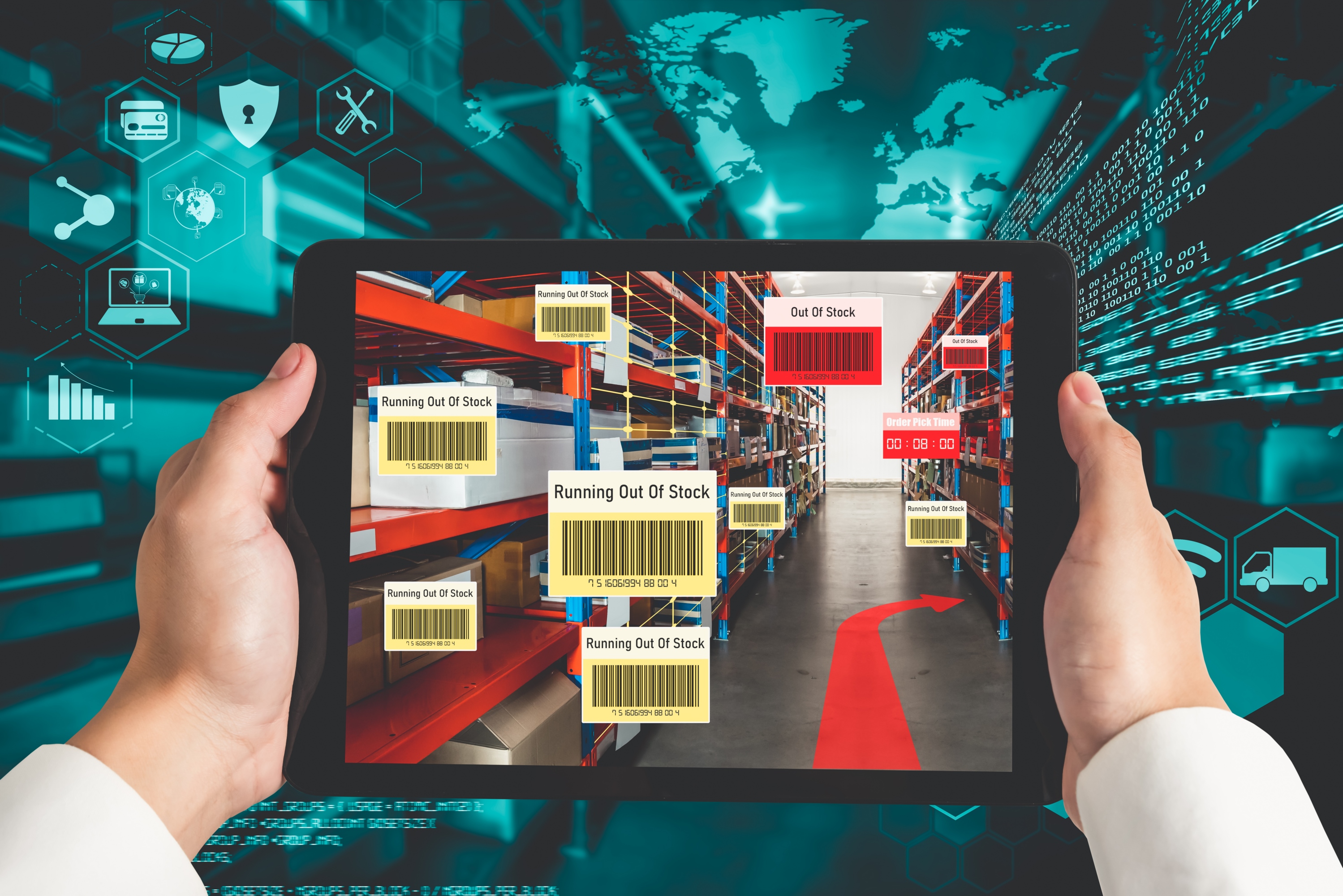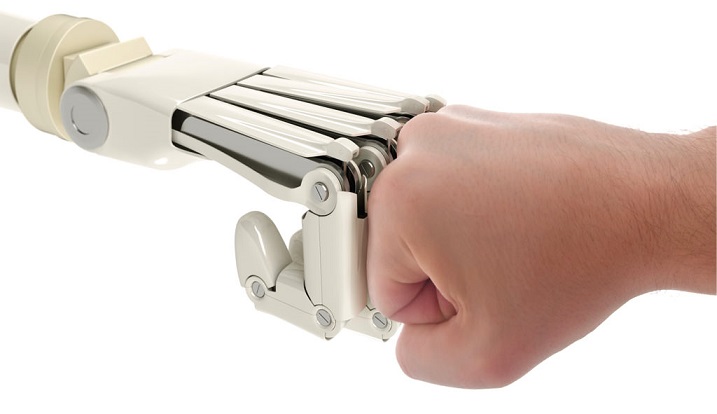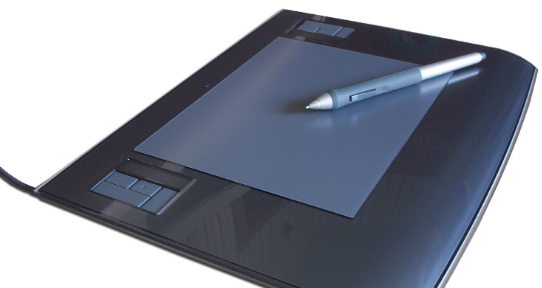The five key players operating in the global virtual reality and augmented reality in retail market include Samsung Electronics Co., Ltd., Microsoft Corporation, Retail VR., Google LLC., and Epson America, Inc. we have listed down above mentioned five players by considering following parameters: overall revenue, current VR and AR in retail portfolio, new product launches, market initiatives, investment in technology up gradation and R&D, mergers & acquisitions and other joint activities. There are various other notable players in the global virtual reality and augmented reality in retail market ecosystem such Marxent, Infosys Ltd., Intel Corporation, PTC Inc., and Qualcomm Technologies, Inc., which are also profiled in this report. In addition to the companies profiled in the report, there are several other regional and local players operating in the market that were analyzed and studied to get a holistic view of the entire market.
Samsung Electronics Co., Ltd., Microsoft Corporation, Retail VR., Google LLC., and Epson America, Inc. – PROMINENT MARKET PARTICIPANTS IN Augmented & Virtual Reality in the Retail Industry Market
The market for Augmented & Virtual Reality in the Retail Industry Market is segmented into type, application, and geography. Based on type, the market is segmented into virtual reality and augmented reality. In 2020, the augmented reality segment held the largest share of global Augmented & Virtual Reality in the Retail Industry market. On the basis of application, the market is divided into online retail, and offline retail. Online retail segment is expected to be the fastest growing segment over the forecast period. The global virtual reality and augmented reality in retail market has been segmented into five major regions—north America, Europe, APAC, MEA, and SAM. In 2020, North America led the global virtual reality and augmented reality in retail market with a substantial revenue share, followed by Europe and Asia Pacific.
Virtual shopping is becoming increasingly popular among retailers such as American Apparel, Uniqlo, Lacoste, Kohls, and Sephora. Customers can now test products before purchasing them in the comfort of their own homes. One of the most effective methods to incorporate these technologies into the fashion industry is through virtual try-on. Another excellent method is to provide users with optional features such as navigation in an AR application or a virtual tour of a store. Similarly, with VR, one of the most spectacular features is when a consumer puts on a head-mounted (easy-to-use) device and selects a model based on his or her body dimensions, then sees virtual try-on products on the models in an interactive fashion. This is not limited to clothing. For example, IKEA, a furniture retailer, uses augmented reality to allow buyers to view how furniture and other products would look in their own homes. The possibilities do not end with the consumer’s cell phone at home. Smart mirrors and RFID tags in stores provide new opportunities for product recommendations to shoppers.
Most of the market initiatives were observed in North America region, which has a high potential for Augmented & Virtual Reality in the Retail Industry Market providers. Few of the important market initiatives and product developments from the industry are mentioned below:
| Year | News | Region |
| 2021 | Epson, a global leader in imaging and projection technology, had announced the Moverio BT-40 and BT-40S, a new generation of award-winning Moverio augmented reality (AR) smart glasses designed to deliver a high-quality AR viewing experience with maximum comfort. | North America |
| 2021 | Marxent had announced an expansion of their 3D retail data analytics division and the addition of a new data analytics leadership position. John Bastone, formerly of SAS, will lead the company’s expanded behavioral analytics practice in his role as Head of Product Management. | North America |



